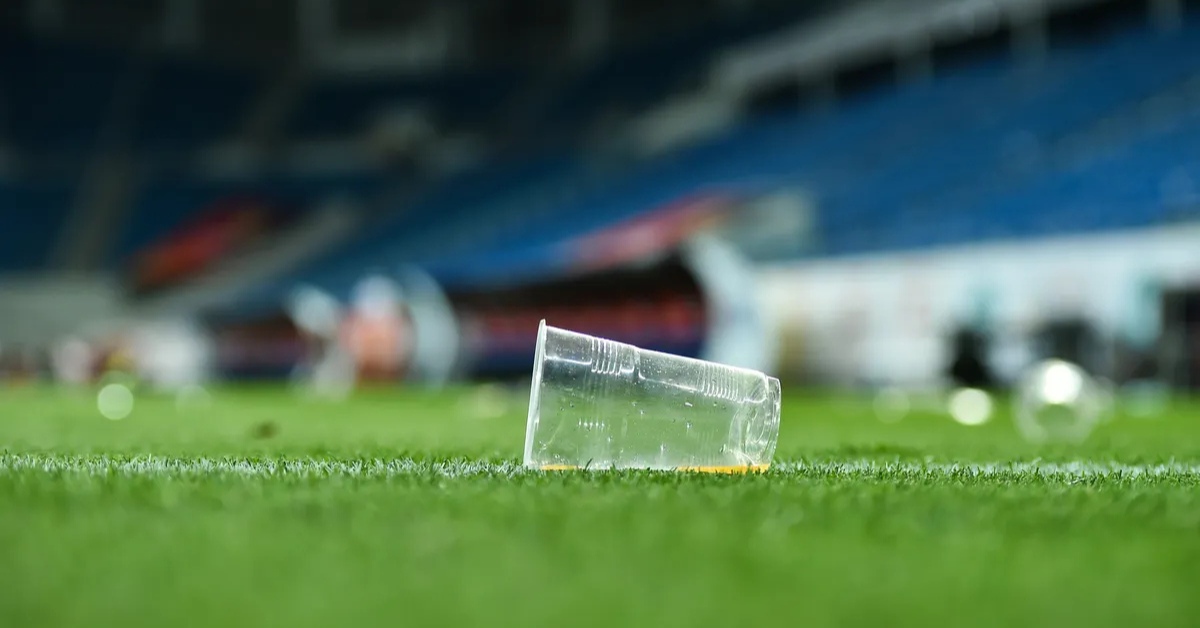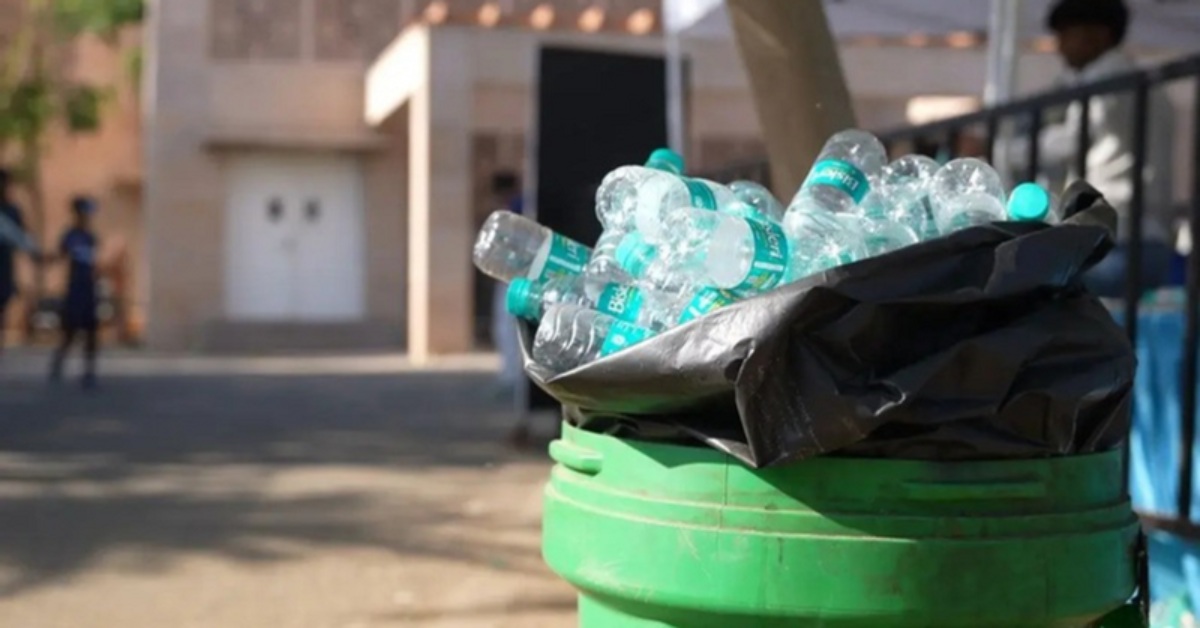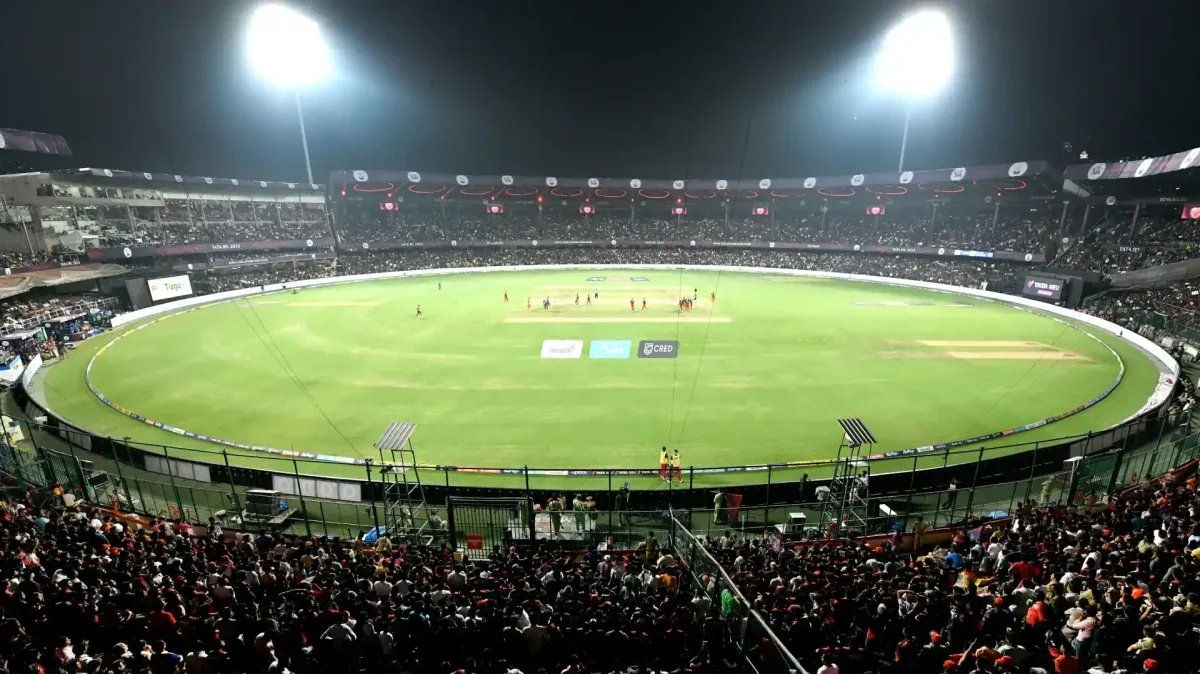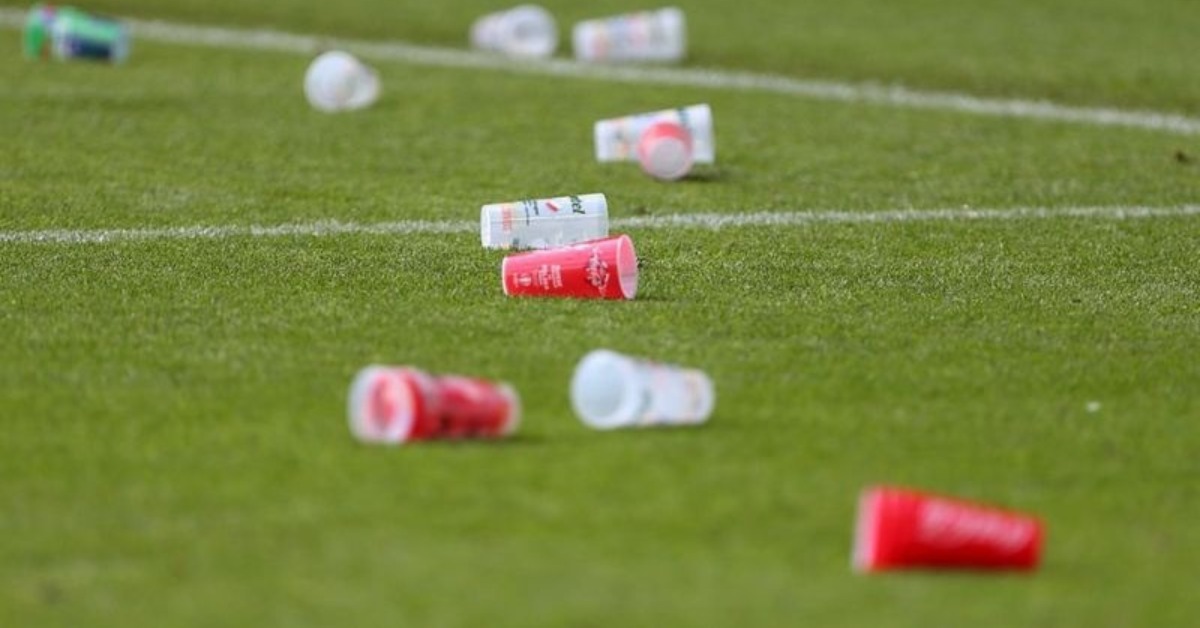These Bengaluru Volunteers Tackle the Mountain of Waste Left Behind After IPL Matches
The roar of the crowd. The crack of the bat. The thrill of a six soaring into the night sky. The Indian Premier League (IPL) is a spectacle like no other. But once the final ball is bowled and the excitement dies down, what is left behind tells a different story. We see piles of plastic bottles, crumpled paper cups, food wrappers, and disposable plates scattered across the streets outside the stadium.
While the spotlight fades, a determined group steps in to make a change. Team Saahas, an environmental NGO based in Bengaluru, together with volunteers from the Solid Waste Management Round Table (SWMRT) Bengaluru, leads a movement to tackle this mounting waste problem. As most fans head home, these volunteers stay back, gathering waste, sorting recyclables, and doing the crucial work of restoring the space to what it was before the match.
Watch the work they are doing:
Click here to watch the video.
But their work goes far beyond just cleaning. These volunteers are here to shake us out of our apathy. They remind us through action that our waste is our responsibility and that real change begins with conscious steps.
Each IPL match draws tens of thousands of spectators, and with them comes an avalanche of waste. In our pursuit of entertainment and convenience, we often overlook the environmental degradation and overflowing landfills.
Would we toss garbage so carelessly if the stadium were our living room? This question helps us answer how we can tackle this problem.
 Each IPL match draws thousands of spectators, and with them comes an avalanche of waste; Picture source: Packaging Dive
Each IPL match draws thousands of spectators, and with them comes an avalanche of waste; Picture source: Packaging Dive
What can fans do?
Fans can play a huge role in reducing waste during matches. Here are a few practical, impactful choices:
1. Carry a reusable water bottle (if permitted by venue regulations).
2. Avoid purchasing heavily packaged snacks; you can opt for food with minimal wrapping.
3. Use designated waste bins, and if you see an overflow, report it to the helpdesks.
4. Encourage friends and family to do the same.
 Use designated waste bins to throw all the garbage to keep the stadium clean. Picture source: The CSR Universe
Use designated waste bins to throw all the garbage to keep the stadium clean. Picture source: The CSR Universe
What should organisers implement?
Event organisers have the power to shift behaviours at scale. Here is how they can lead the way:
1. Deploy visible “Green Teams”, which can be volunteers who guide and educate fans on proper disposal.
2. Offer incentives for clean behaviour, like returning waste, which could earn fans discounts or freebies.
3. Install waste segregation stations every 100 metres, guaranteeing convenience and visibility.
4. Work with local authorities to enforce plastic bans and monitor compliance.
 Install waste segregation stations every 100 metres so that it is easy for spectators to throw their waste; Picture source: IPL T20
Install waste segregation stations every 100 metres so that it is easy for spectators to throw their waste; Picture source: IPL T20
Why stadium waste deserves attention
Stadiums in India generate a massive amount of waste. A 2018 report by the Centre for Science and Environment (CSE) estimated that sporting venues can produce three to five tonnes of waste in a single day, depending on crowd size and event duration. Most of this comprises plastic bottles, disposable cutlery, food containers, and multi-layered packaging.
India already struggles with its burgeoning waste problem. The country generates over 62 million tonnes of municipal solid waste annually, as reported by the Ministry of Housing and Urban Affairs. With the increasing frequency of large-scale urban events, the pressure on waste management infrastructure is mounting rapidly.
There are rules in place. The Plastic Waste Management Rules (2016) and the 2022 nationwide ban on select single-use plastic items aim to curb consumption at source.
But enforcement is often patchy. A 2023 audit by the Central Pollution Control Board (CPCB) revealed that compliance at public events is inconsistent, particularly where responsibility is left to local authorities.
 A 2018 report by the Centre for Science and Environment (CSE) estimated that sporting venues can produce three to five tonnes of waste in a single day
A 2018 report by the Centre for Science and Environment (CSE) estimated that sporting venues can produce three to five tonnes of waste in a single day
Even when bins are available, waste often ends up mixed and unusable due to improper disposal by vendors and attendees. This is where organisations like Saahas and SWMRT step in, but without systemic change, their efforts remain more reactive than preventative.
Let’s leave behind more than memories
Sport is powerful. It unites, excites, and inspires. But it should not come at the cost of our environment. As cricket fans, organisers, and citizens, we must take ownership of the spaces we share. The match may end in three hours, but the waste can last for decades.
So next time you are cheering for your team, remember that the most meaningful win might not be on the scoreboard. It might be in the bin you used instead of the floor.
Edited by Khushi Arora and Leila Badyari; Pictures courtesy Saahas
News